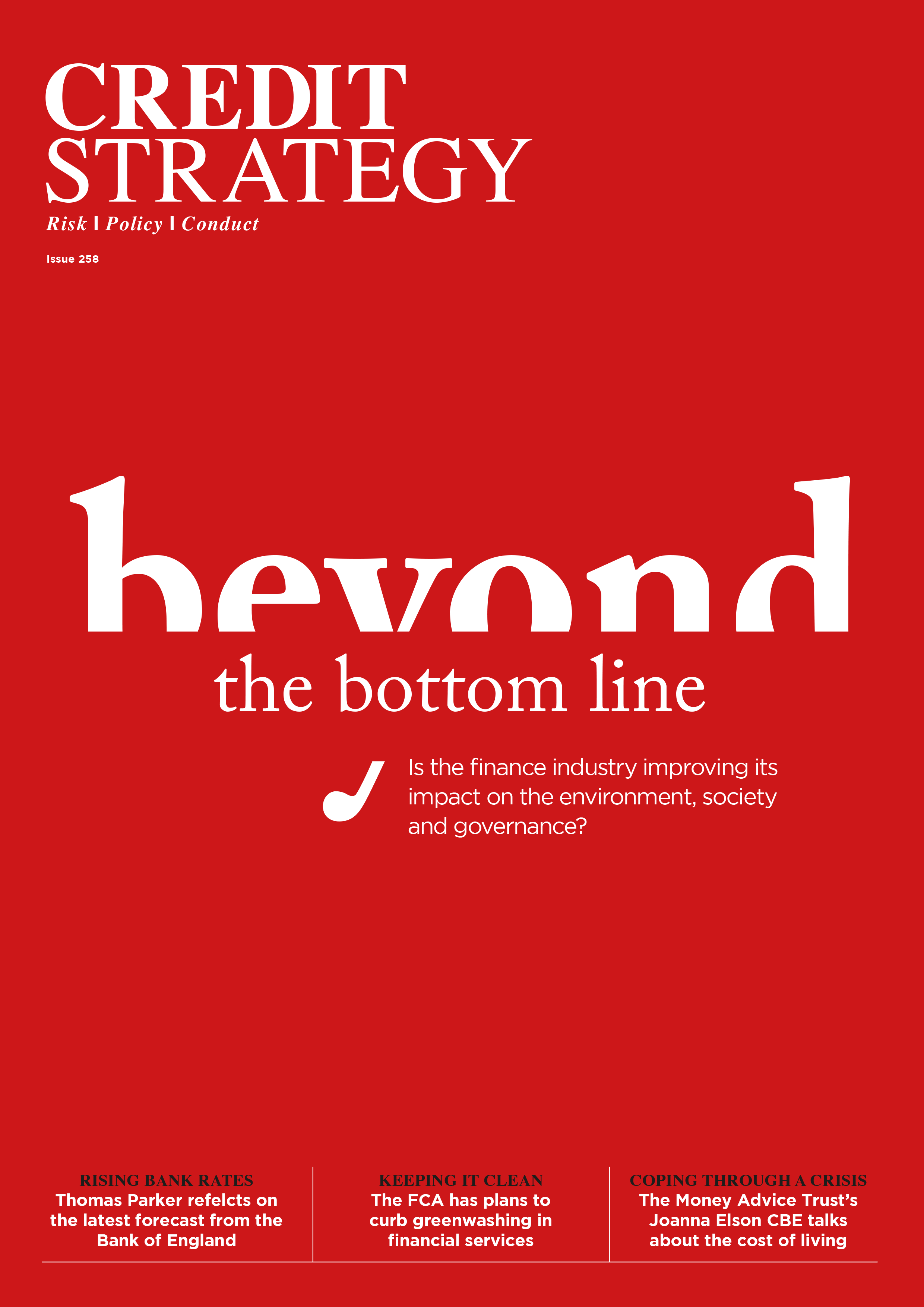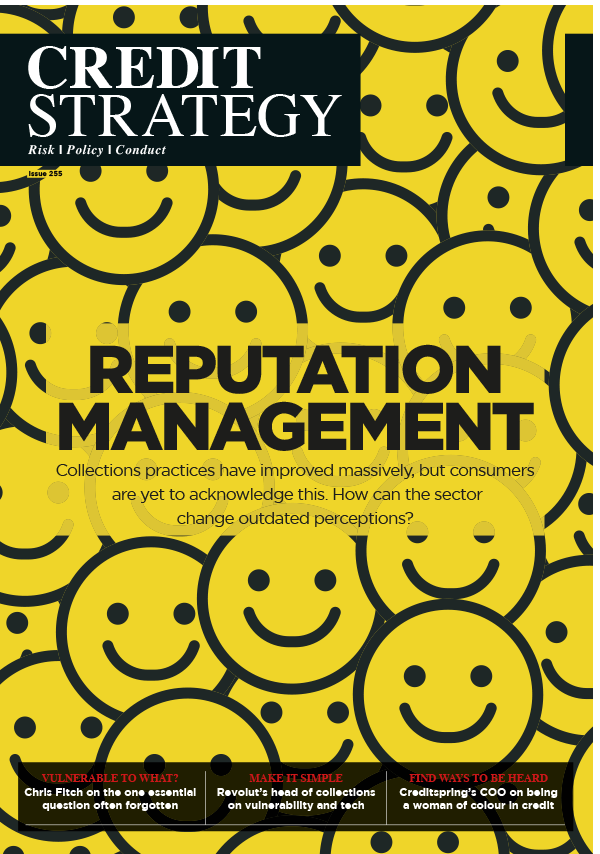Dear visitor,
You're reading 1 of your 3 free news articles this quarter
Register with us for free to get unlimited news, dedicated newsletters, and access to 5 exclusive Premium articles designed to help you stay in the know.
Join the UK's leading credit and lending community in less than 60 seconds.
Opinion: Fraud, bounce back loans and the SME funding gap
Losses and fraud from the Bounce Back Loan Scheme (BBLS) will only see more SMEs turned away by banks, and leave a funding gap needing to be filled, says Steve Richardson, director at commercial lender Reparo Finance.

Recent headlines have focused on how payment defaults and fraudulent borrowing through the government’s BBLS scheme could amount to anywhere between £15bn and £26bn.
The immediate reaction has been that these eye-watering figures, released by the National Audit Office (NAO), will ultimately end up costing tax-payers. While this is true, SMEs will also pay a high price for this situation.
A gaping SME funding gap
After the financial crash in 2008 and the subsequent recession, we saw a trend of banks restricting lending to small and medium-sized businesses. SMEs were either considered too high risk or low value by traditional lenders. These businesses became the ‘unborrowables’, and SMEs faced a widening funding gap across the mainstream lenders, when it came to financing requirements. The SME Finance Forum estimated this gap to be around £3.8trn globally in 2018.
This funding gap will be accelerated by rock-bottom interest rates, economic uncertainty and high corporate debt. Add to this the costs of unpaid bounce back loans and fraudsters exploiting a lending system more focused on emergency access, rather than proper due diligence, and you have a perfect storm that penalises SMEs.
Banks will now make SME borrowing even more rigid as they become increasingly risk-averse towards SMEs. With the ever-changing coronavirus policy, we’re no closer to ‘normality’. In these circumstances, it is much easier for banks to strike a line through SME lending, rather than build a risk-weighted lending model.
A box-ticking exercise
Many banks will ignore SME funding requirements by dressing up rejection in the niceties of the Bank Referral Scheme. This redirects SMEs to other lenders with no real appreciation of why the business applied in the first place.
Perhaps banks will entertain some low level of SME lending as a box-ticking, reputation management exercise. This is likely to be a slow and painful application process for small companies, which is more concerned with filling out the right forms rather than the lender understanding the people and company seeking finance.
Alongside the banks’ reluctance to lend, there are likely to be logistical challenges. Banks are stretched, partly from processing government loan schemes and due to other challenges the pandemic has presented. Many banks may not have the resources to dedicate to SME lending.
A bounce in the alternative lending market
Lending to SMEs is complicated; when financing these businesses, it’s harder to value risk and make lending decisions. Many of the companies have limited financial information, atypical cash flow or operate in verticals that lenders don’t understand.
In many circumstances, the alternative finance market can provide viable alternatives. There are an array of lenders that specialise in different products and sectors. When SMEs start to access alternative lenders, they stand a good chance of finding a lender with a product that fits. They will undoubtedly find lenders willing to have a conversation to understand their circumstances.
Whereas once SMEs weren’t clear on the options outside the banks, they’re increasingly savvy about their options. This has led to the bounce in demand for alternative lenders, which is likely to grow.
In a world where traditional lenders may be seeing SMEs as even higher risk, it will be alternative lenders with their products and willingness to listen, that will fill the gap.
Stay up-to-date with the latest articles from the Credit Strategy team
Get the latest industry news






